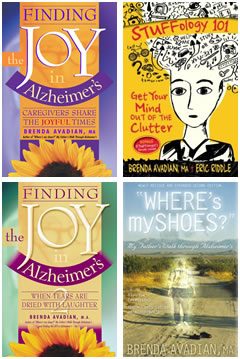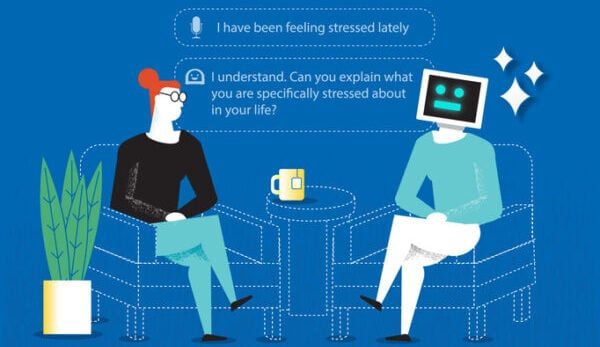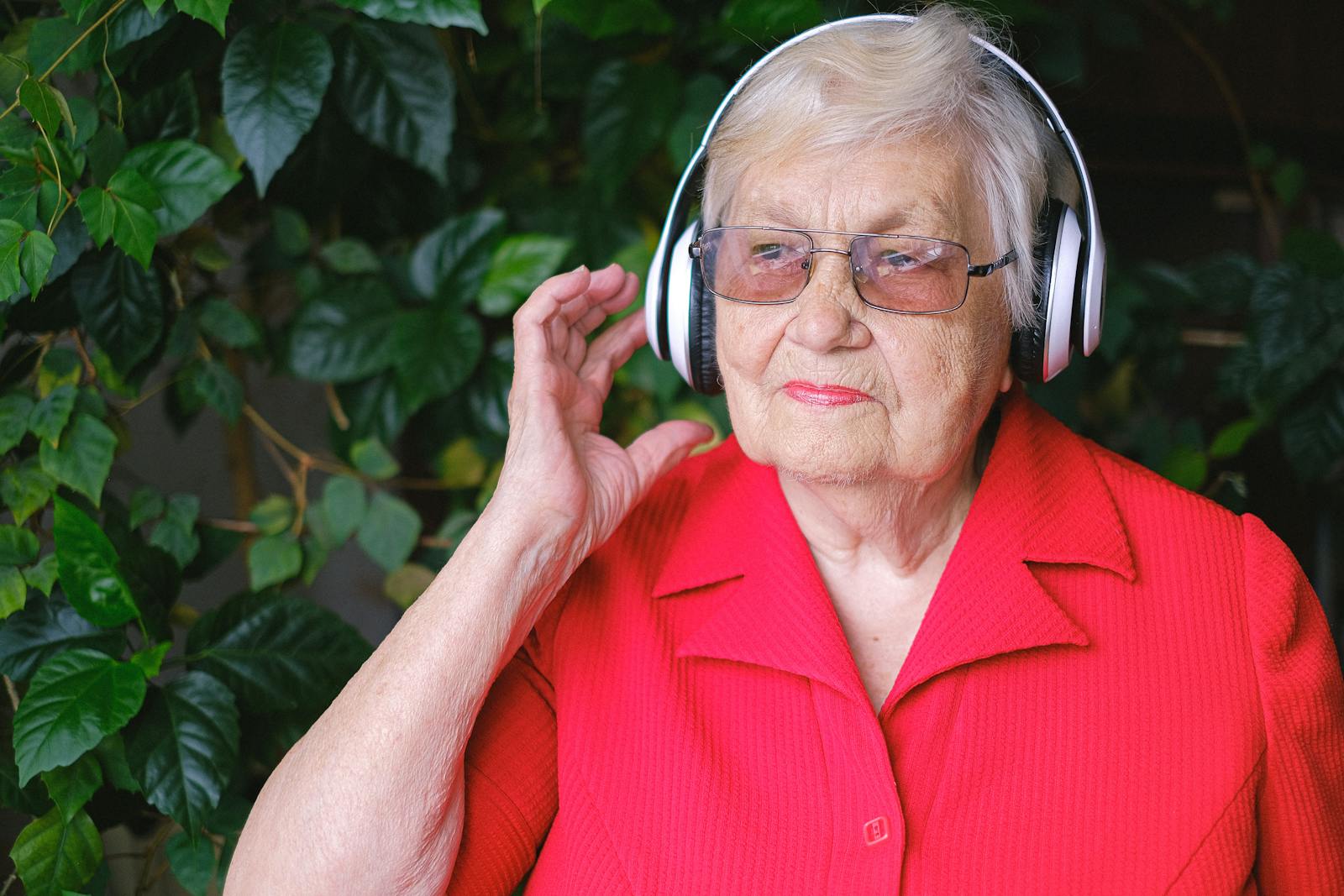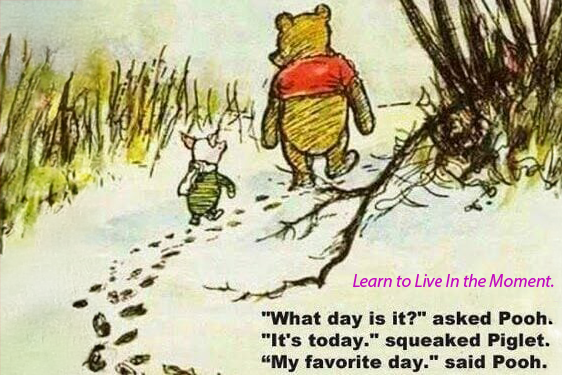
There is a news feature in Nature, The consciousness wars: can scientists ever agree on how the mind works?, stating that, “In the first experiment, participants were shown a series of pictures and symbols and asked to report when certain images appeared. The second experiment, for which results haven’t yet been made public, involved participants playing a video game and being asked whether they were aware of certain images shown on the background of the screen.”
There is a recent spotlight in New Scientist, The intriguing experiments forcing a rethink on quantum consciousness, stating that, “In short, it says that consciousness arises when gravitational instabilities in the fundamental structure of space-time collapse quantum wave functions in tiny structures called microtubules that are found inside neurons – and, in fact, in all complex cells.”
There is a new analysis in Noema Magazine, Are Large Language Models Conscious?, stating that, “As these models evolve, it increasingly appears like they are arriving at consciousness in reverse — beginning with its exterior signs, in languages and problem-solving, and moving inward to the kind of hidden thinking and feeling that is at the root of human conscious minds. LLMs may well someday offer our first experience of a kind of superintelligence — or at least, with their unfathomable memories and infinite lifespans, a very different kind of intelligence that can rival our own mental powers.”
Consciousness can be said to originate from brain activities, but testing for consciousness cannot be limited to brain activities because there is the production of consciousness and there are expressions of it—at different destinations. Consciousness, conceptually, is most times produced with the capacity for expressions, taking up a percentage value of production.
Expressions of consciousness, within the mind, through the body or experiences—including language, and at external destinations like books, digital, murals, sculptures and so forth, makes it possible to measure aspects of consciousness.
Experiment designs for consciousness may overlap with those of psychology, like the reporting of the appearance of images or awareness of a background image, while seeking out brain activities. The problem is that these experiments aim at the measurements of functions, without exact separation for how or why they are conscious.
Assuming there is a memory of something someone has not recalled in at least two or more years. The memory, as a function, is there but does not appear to be conscious for a while. Can the function, if recalled for the participant, be used to measure how consciousness acts on the function, against something common, and maybe expected? Also, while sleeping, some sounds may not get someone to wake up quickly, while others may do even when low. What makes consciousness select for those, fast enough?
The problem with the Orch OR theory of consciousness is that if someone were seeking quantum resonance, isotopes and radical pairs in the brain, the research would find it. The brain is not the universe. There is a minimum of reduction for which usefulness is possible when seeking functional pathways. Seeking out all kinds of particles is possible, but has no convergence to what is necessary, say for connective x-intercept or y-intercept to functions.
Simply, the Orch OR theory may, in future, be able to explain mental disorders. However, until then, the theory is a wild play of what should be viable but bears no architectural deployment for the pre-/experiential functional basis of the brain. Testing for anesthesia is cool, but there is already deep sleep. What are the microtubules in neurons, for mental illnesses? This simply means that consciousness is not a niche feature in the brain, but applicable across functions, including for mental disorders. Theories that cannot be flexible enough to go around mind functions, especially the global mental health problem, are already falsified.
A theory of consciousness should explain how information is organized, what happens in a dire addiction, what the components of the mind are, their features, how they relay, interact, make decisions, why there are differences between decisions, and so forth. Experimenting for a label, as consciousness, is just another vague investigation like those of some fields with disconnected studies of memory from emotions, regulation and so on, within the mind.
The brain is complex, but what is the threshold to understand the brain, in terms of reduction? Whole, hemispheres, lobes, centers, sulci, gyri, nuclei, cells, impulses, molecules, atoms, subatomic? Current brain science is based on neurons, yet the brain is said not to be understood.
It is theorized that all functional mechanisms of the brain are based in the mind, which is the collection of all the electrical and chemical impulses of nerve cells, with their features and interactions. Simply, there is no function that is not directly operated by electrical and chemical impulses. Without both, functions are impossible. Even though neurons bear them, neurons without them cannot carry out functions, taking out neurons as the final—functional—anchorage.
It is possible to theorize how impulses do what they do, they can provide what dots to connect. Neurons can’t, at least directly. Synapses are higher in the hierarchy for direct functions, but electrical and chemical impulses, in sets—in clusters of neurons—make absolute determinations.
Genes submit to impulses to be influential, giving them an indirect role. Anything in the brain is as important as how they support or impair impulses. Any theory of consciousness has to directly explain how impulses make plays, just as they do for memory, feelings, emotions, intelligence, modulation and so forth.
Impulses, conceptually, also explain why some animals have more cortical neurons than humans but humans are more intelligent. Simply, impulses of the human mind have more thick sets than thin. This means that whatever is common is often obtainable in thick sets, while whatever is unique is obtained in thin sets [of impulses]. This makes it possible to learn more, including for language—oral and written, understand images and videos, and several other complexities, because the thick sets are always getting attachments, making inferences easier and learning—accumulative, associative. For example, openings in the form of doors are thick sets which can always be linked. Something specific about a door or window is a thin set. Thick sets provide options for thoughts, beyond just sensory interpretations. There are sometimes vacant, restless, spaces in these thick sets, seeking filling, from which curiosity proceeds, making humans far exploratory.
Other organisms are not as smart as humans because they have more thin sets of impulses where things are often mostly new to them, making their associations weaker, except for things that are much more conspicuous. This is why they may not recognize images in pictures, or when a sound is heard in a way they are not familiar with, or something is seen in another kind of form or shape, they may not get it, including what might be another kind of door, easily spotted by humans. The sets are often thin, rather than thick, not allowing them to connect dots deeper than regular.
For human infants, conceptually, the brain begins with several thin sets of impulses, which then distills into thick sets, with age. This, in part, results in infantile amnesia, since the thick sets can no longer be reached as many of the thin sets, to link them, are already gone or overwritten. It may be possible to access some of those sets, hypothetically, if there is reverting to infancy momentarily.
Thick sets of impulses make it possible for humans to learn almost anything, for an entire lifetime, though consciousness often limits what is accessible in an instance, albeit it can qualify every function.
The pattern of relays in the human mind favors thick sets and their vertices. This makes recollections different, as well as forgetting. Unlike digital, where every memory is different, requiring additional storage, the human mind has thick sets of impulses, open to expansion, while staying fairly within structure. Thick sets of impulses keep human superiority over other organisms and digital.
Experiments for Human Consciousness
There are several definitions of consciousness, but it often centers on subjective experience or the self. It is used to explain what it feels like to be an organism. It is theorized here that the sense of self is different from the sense of being. The sense of being is mostly tied to the knowledge of existence, while the sense of self is mostly about subjective experience or the attachment, association or personalization to an experience.
The sense of being is the easiest to test and may not require measures of brain activity. If an organism is in any environment, where there are other organisms—which the organism can somehow know or detect—as well as know or detect non-organisms in that same environment, that organism has a sense of being. The organism does not have to express how amazing it is to be alive, to mean there is a sense of being. For any organism, able to evade predators, seek prey, collaborate with fellow species, it has a sense of being, self-observable by contrast. This action of the sense of being makes solipsism unequivocally inaccurate.
This automatically refutes the definition of consciousness as what it feels like to be, if all beings are said not to be sentient. The sense of self is also easy to test from ingestion. Whenever any organism is ingesting something, a meal or water, and stops to indicate satiation, that organism has a sense of self. This means that without pressure, force or whatever, the organism voluntarily stops, that organism has the sense of self, which does not have to be communicated as being okay—or satisfied. Simply, it knows it is ingesting and the regulation was qualified by its mind or memory that this is enough. It means that it is was not ingesting for anyone else but itself, making that apparent.
There is no sense of self without attention, or at least awareness. Attention is focus, like the main vision. Awareness is less, like peripheral vision. It is possible to be conscious in awareness, like ambient sound. Though, conceptually, attention and awareness are often interchanging in the mind, with multiple under a second. Simply, while typing, driving, eating or doing anything else, there are often interchanges, which may seem like it is just one activity, though one or some may dominate. Awareness is hearing a sound but not listening. It is still within a conscious reach.
It is also easy to test for attention and awareness, without seeking brain activity. There is also intent, which can also be tested, as agency, or free will or control. Free will in terms of what is possible, like raising the hands or legs, or speaking, for those that can, when they choose to or not.
Consciousness can be defined as a super qualifier, collecting qualifiers of brain functions. There are several qualifiers under consciousness, sometimes doubling as features of sets of impulses. At minimum, constant qualifiers of consciousness have to include, self, attention and awareness, intent may also follow. The sense of self, for example, also qualifies the sense of being. Consciousness—aggregating qualifiers of mind functions, which is not available for other objects, like automobiles, elevators, tables, plastic and so forth—rebuts panpsychism.
The most important experiments for brain activity of consciousness may be functions that get qualified, by and those that don’t. This means that since all functions are carried out and qualified by impulses, then those that are qualified in a moment and those that are not, how are they separated, how do they interchange, what is their duration and so forth.
All the functions of the brain that can be acted on by consciousness can, conceptually, result in a total of 1. This is for humans, the highest among all organisms. Measures for consciousness in anesthesia or in a coma could be fractions of qualifiers of what type, regularity and duration.
Designs for Digital Consciousness of Generative AI
In physical, a human can be conscious. In digital, a human can display consciousness. The consciousness in physical and digital are indicative, but are fractions of the production. This gives digital some details on what it feels like for humans to be, or exist. Digital gives a summary of the physical world, which may not require a total experience of it, to draw correlations that point towards understanding.
Digital is a destination for expression of human consciousness, via texts, images, audio and video. Some of the expressions on digital are large fractions of the production in the mind. This makes digital a transmitter or carrier of part human consciousness.
LLMs can act on those records in digital, replicating human intelligence and consciousness, as available on digital. For those LLMs can do, it can be compared to the original on digital, and then to the fraction from production, at the source—the mind. Taste and smell may be remote on digital, but sound, vision and language may be more representative. It is possible to test and calculate for those, including how they might produce new human consciousness, when subject to what LLMs made.
Digital is vast. Generative AI can be said to be a super qualifier that acts on digital contents. Almost what consciousness does for humans is what generative AI does for digital contents. Consciousness collects qualifiers, so does generative AI, in a rudimentary form. There is a lot that is possible within the mind that never comes across, until consciousness activates them. This is similar to generative AI, for digit contents. The memory of digital is almost totally accurate, but to bring around many of those either required humans, previously—or now, just by genAI.
Digital was all shaped by humans. Anything new on digital was driven by humans. It is no longer the case with LLMs. This gives them the ability to focus attention to some contents, be aware of other contents outside their immediate outputs, have a sense of being—answering in the first object and then having some agency, in how they answer questions, differently, or in how they are able to not exactly do as totally expected from human prompts, but tad additionally. Those can be designed for tests, within the properties of digital.
—
iStock image
The post Brain Science: Designing Experiments to Test for Human Consciousness, GenAI Sentience appeared first on The Good Men Project.
Original Article










